

After drab winter months, what a joy to see first flowers appear! Fresh bursts of color appear in flower beds, hedges and on taller trees.
Here are the first flowers to appear in spring, signaling that finally, the weather has taken a turn for the better.
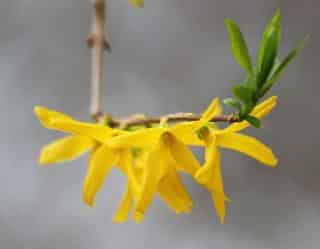 Forsythia is a truly beautiful hedge shrub that copes with pruning very well. It is special in that it blooms even before it has leaves. That’s how early this blooming is! As early as February, it’s entirely covered in golden yellow star-shaped flowers. After that, tender green leaves unfurl. With its upright bearing, it naturally fits right in to any mixed hedge.
Forsythia is a truly beautiful hedge shrub that copes with pruning very well. It is special in that it blooms even before it has leaves. That’s how early this blooming is! As early as February, it’s entirely covered in golden yellow star-shaped flowers. After that, tender green leaves unfurl. With its upright bearing, it naturally fits right in to any mixed hedge.
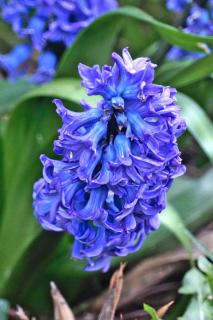
This bulb flower is perfect to decorate the forefront of garden beds, and even to dot the lawn with spots of color here and there.
Of course, up on a windowsill in a garden box, it’ll let its fabulous sweet scent waft through the house when you open the window!
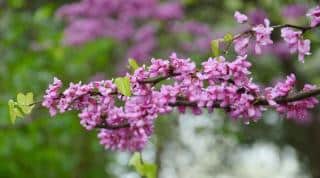
Its elegant silhouette and colorful blooming mark it as a stunning ornamental tree, ideal for small gardens or set up right near the house.
From March to April, it’s covered in pink, white or purple flowers that float in the air like a cloud of butterflies. The rounded leaves take on a bright green hue in spring, then turn to fiery orange in fall.
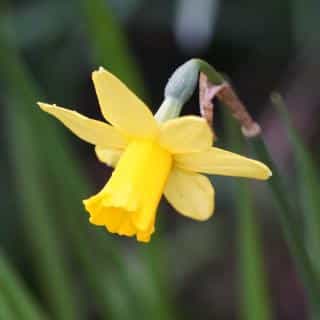
From February to May, depending on the species, they brighten up rock gardens, flower beds and pot arrangements. Easy to grow, narcissus flowers will always bloom better in rich, cool substrates.
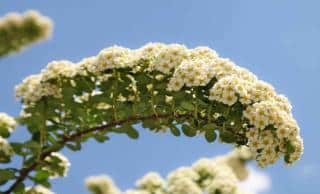
In March-April, it is covered all over with bouquet-like clusters of simple white flowers, a small cluster of stamens in the center of each.
About 6 feet tall (2m), it’s ideal for hedges, to line the back of a shrub bed, and to grow in large containers. Not only is meadowsweet fragrant, it’s also a highly melliferous shrub.
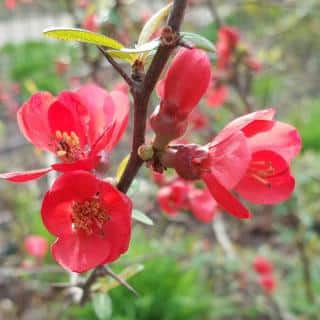
Five rounded petals form a simple or double corolla, from which a tuft of yellow stamens emerges. Depending on the cultivar you find, your maule’s quince will bear beautiful flowers that can range from whit to red, with all the shades of pink in between.
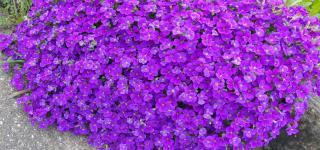
From March to May, the leafage takes a low-key profile, letting thousands of yellow-hearted flowers surge up from below. As regards colors, the easiest one to come by are the purple varieties. However, you might be lucky and encounter white, pink and blue ones!
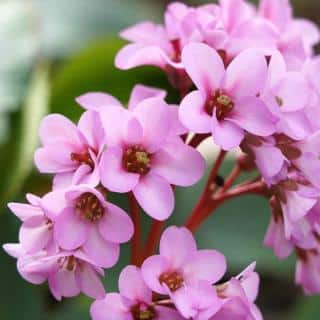
This ground cover plant unfurls fleshy rosettes, a pleasing pattern of shiny, rounded leaves.
Though its natural color is green, leaves sometimes take on a bronze hue in winter when they suffer from cold weather.
Flower appear at the very beginning of spring at the tip of tall upright stems. They form white, red or pink clusters.
After these flowers have come and bloomed, another range of ornamental flowers appears: tulip (potted ones first), magnolia…